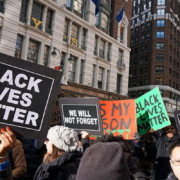8th Grade Students Create Middle School Library
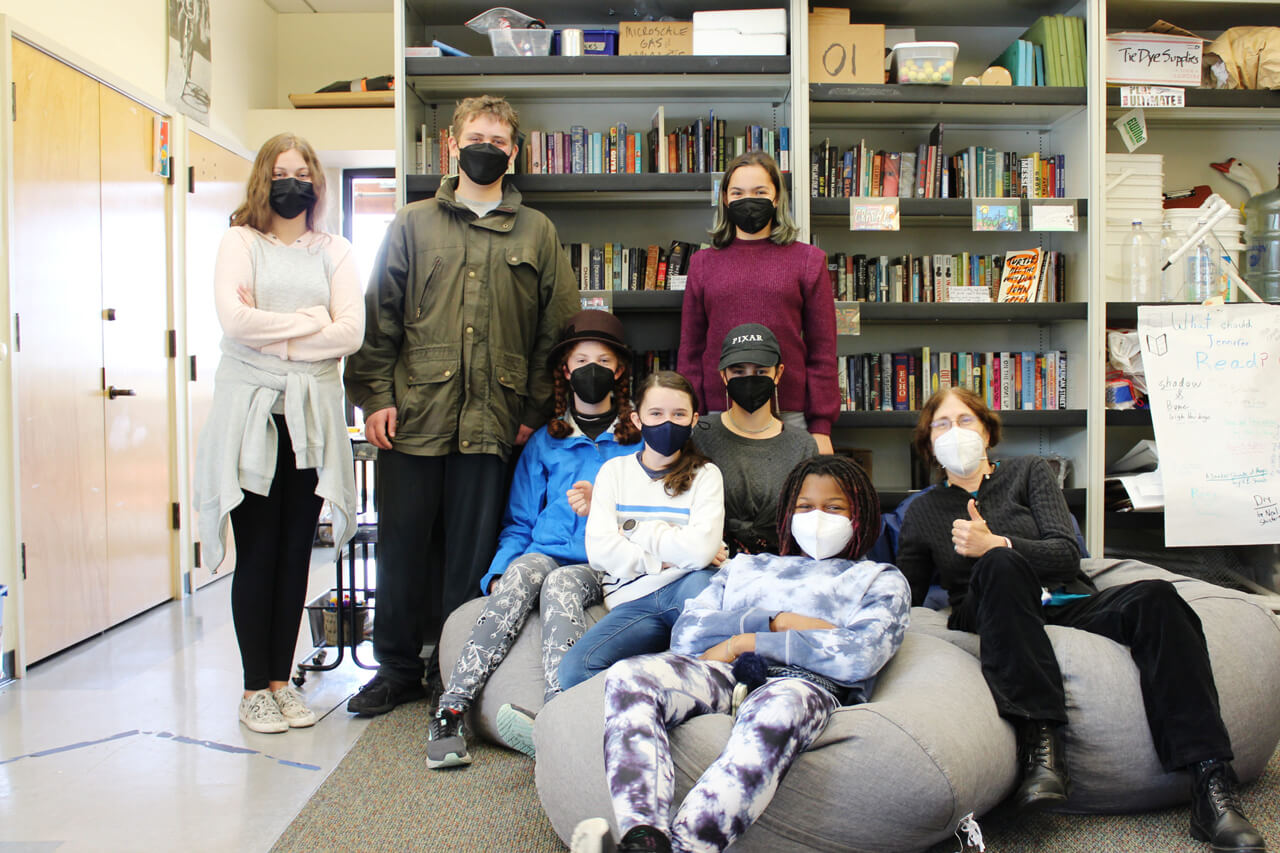
What became the multi-week Middle School Library project was set in motion when a group of 8th grade students got together one afternoon. First, they cleared off dusty shelves and sorted through what they considered to be very interesting items – a large starfish, lots of seashells, and a collection of glass beakers that jingled to the tune of foot traffic. Then, they got to work scanning and cataloging the collection of books, one at a time.
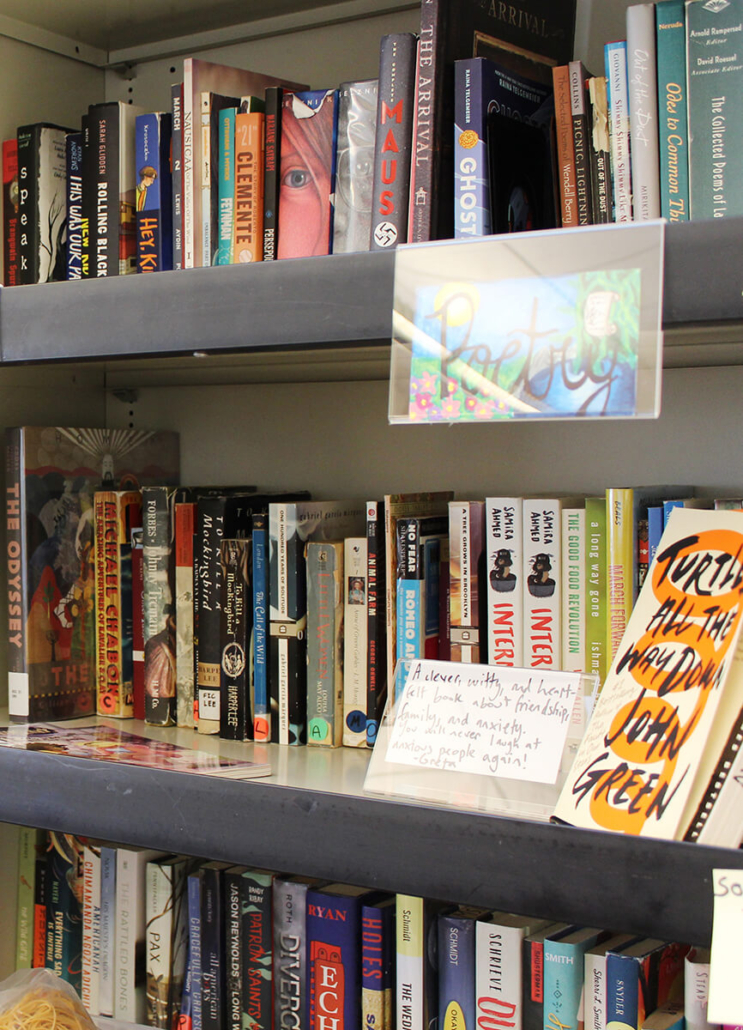
A handy app, Libib, provided by 8th grade Humanities Teacher, Jennifer Lettieri, made the process of cataloging books a lot more streamlined, but scanning hundreds of books with a smart phone was no easy task. Some books collected over the years had barcodes so outdated that they had to enter the ISBN (International Standard Book Number) codes manually.
“You realize how hard it is for librarians to organize books in alphabetical order!”
-Sterling
What’s more, the students found that some books fell under multiple genres, making the sorting process more complex than expected. Organizing and cataloging was an area of priority, and at the same time, the students were intentional about designing a library that was both inviting and welcoming. To help readers navigate the different sections of the library with ease, students created hand-drawn cards to break up sections for each genre. The aesthetically pleasing visuals not only serve the purpose of directing the reader to the resources they seek, but also attracts attention with clever, meme-worthy illustrations.
Once the books were organized into genres, they were able to identify some of the gaps in the library. The teachers then provided support by helping to compile a list of the books they felt they should have in an inclusive middle school library. A few days before the interview, a fresh batch of books procured from local treasure Marcus Books, the oldest Black-owned bookstore in the U.S., were still being cataloged.
 After devoting countless hours to giving life to the library, the students have a newfound reverence for spaces where books are loved: “You realize how hard it is for librarians to organize books in alphabetical order,” said Sterling, who has been involved in the library project since its earliest organizational stages. “[I’m] more attentive to how books are treated. I hope people will be conscious about how they treat and take care of books,” added Greta, another invaluable member of the library project team.
After devoting countless hours to giving life to the library, the students have a newfound reverence for spaces where books are loved: “You realize how hard it is for librarians to organize books in alphabetical order,” said Sterling, who has been involved in the library project since its earliest organizational stages. “[I’m] more attentive to how books are treated. I hope people will be conscious about how they treat and take care of books,” added Greta, another invaluable member of the library project team.
“I just wanted people to read. Having a wider selection of books, a nicer area to relax and read- I want those changes to inspire people to read again”
-Fern
After devoting countless hours to giving life to the library, the students have a newfound reverence for spaces where books are loved: “You realize how hard it is for librarians to organize books in alphabetical order,” said Sterling, who has been involved in the library project since its earliest organizational stages. “[I’m] more attentive to how books are treated. I hope people will be conscious about how they treat and take care of books,” added Greta, another invaluable member of the library project team.
Now in their final weeks at TBS, the class of 2022 is hopeful that the library will continue to grow. “The more books, the better!” added team member Embley, who also named comic books as the genre they would like to see expand. The team’s vision for the TBS Middle School library is that fellow Bobcats will care for it and continue to contribute to it in their own unique ways and one day, that we will have a central library for the entire school body.


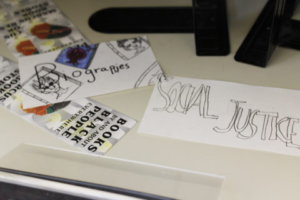
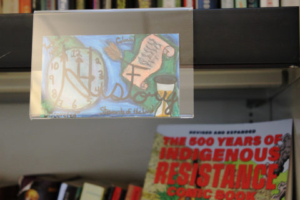
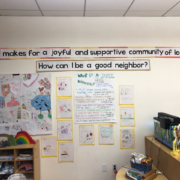
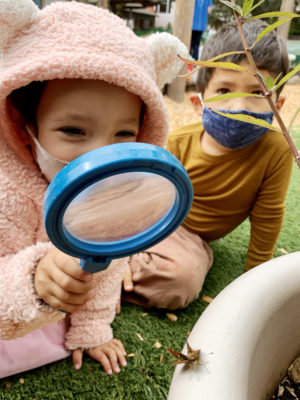

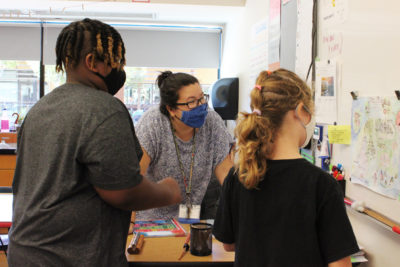
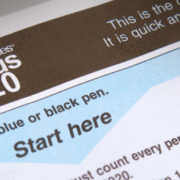
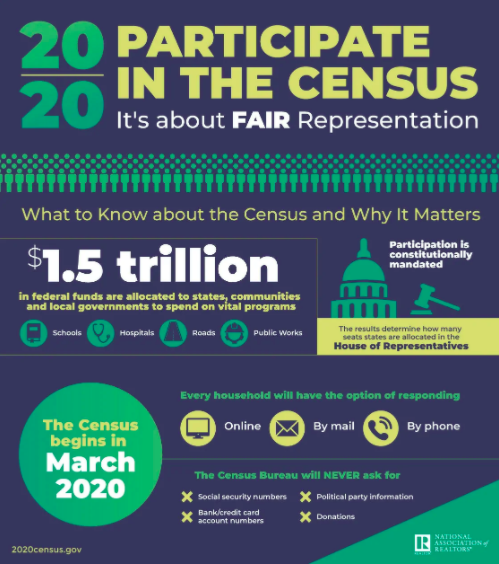
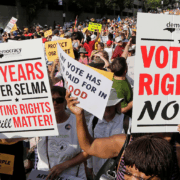
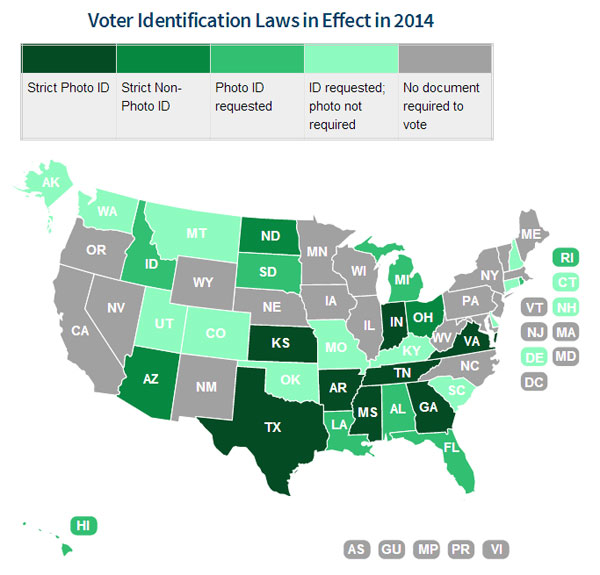
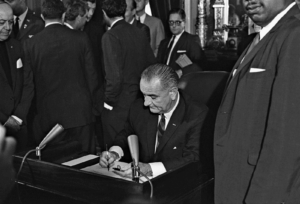
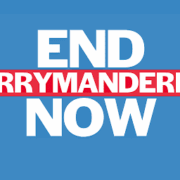
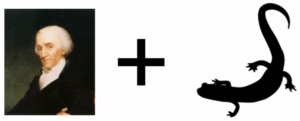
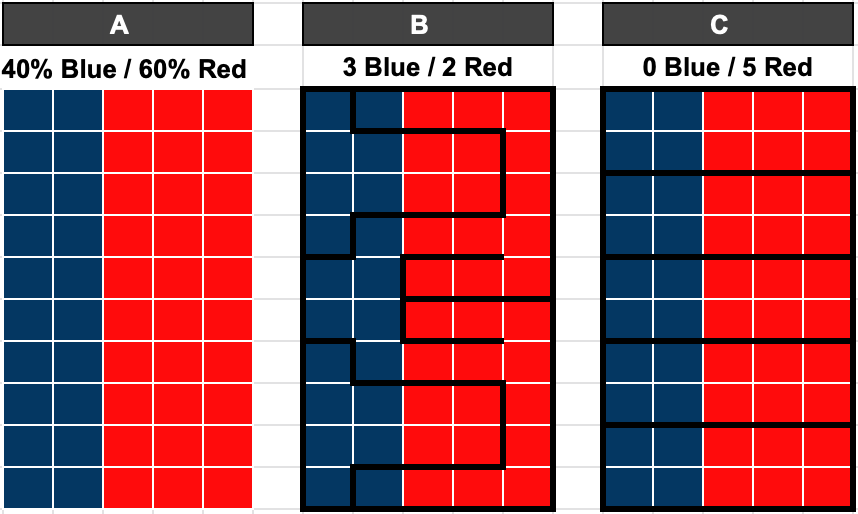
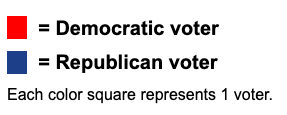
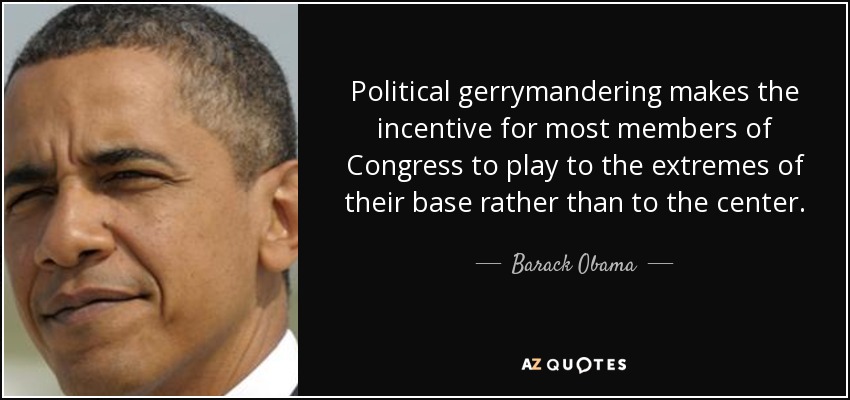
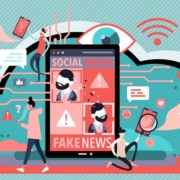
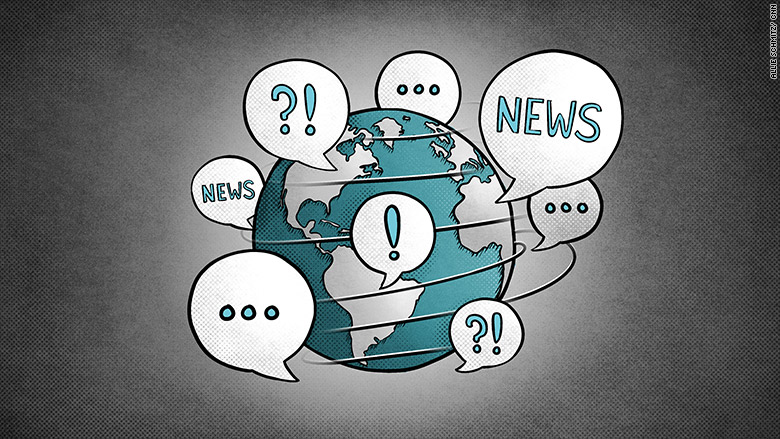
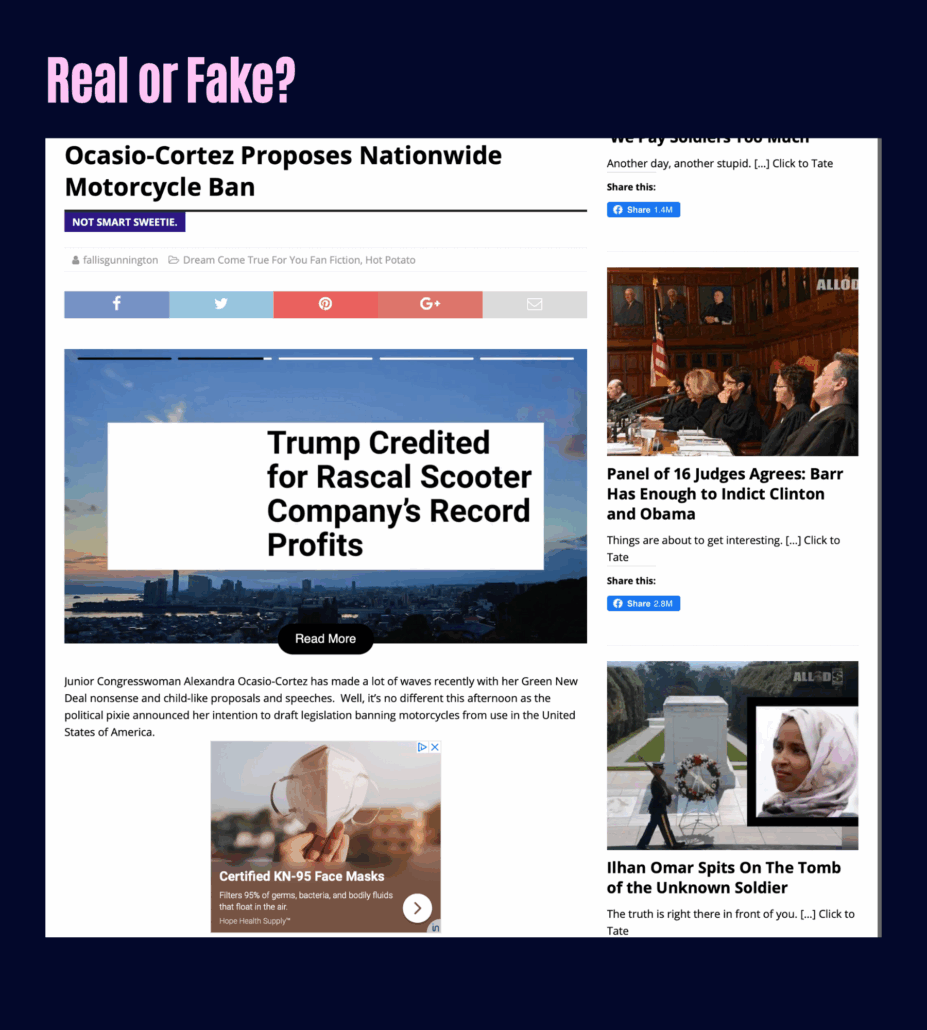



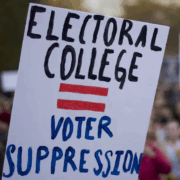
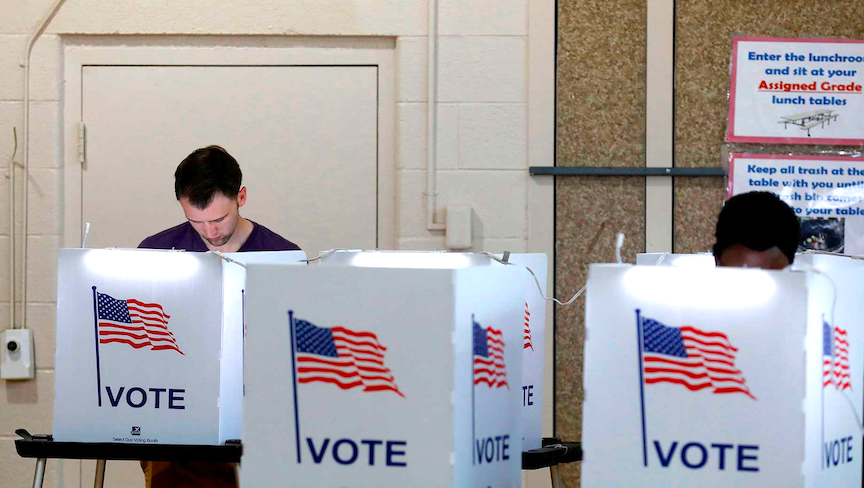
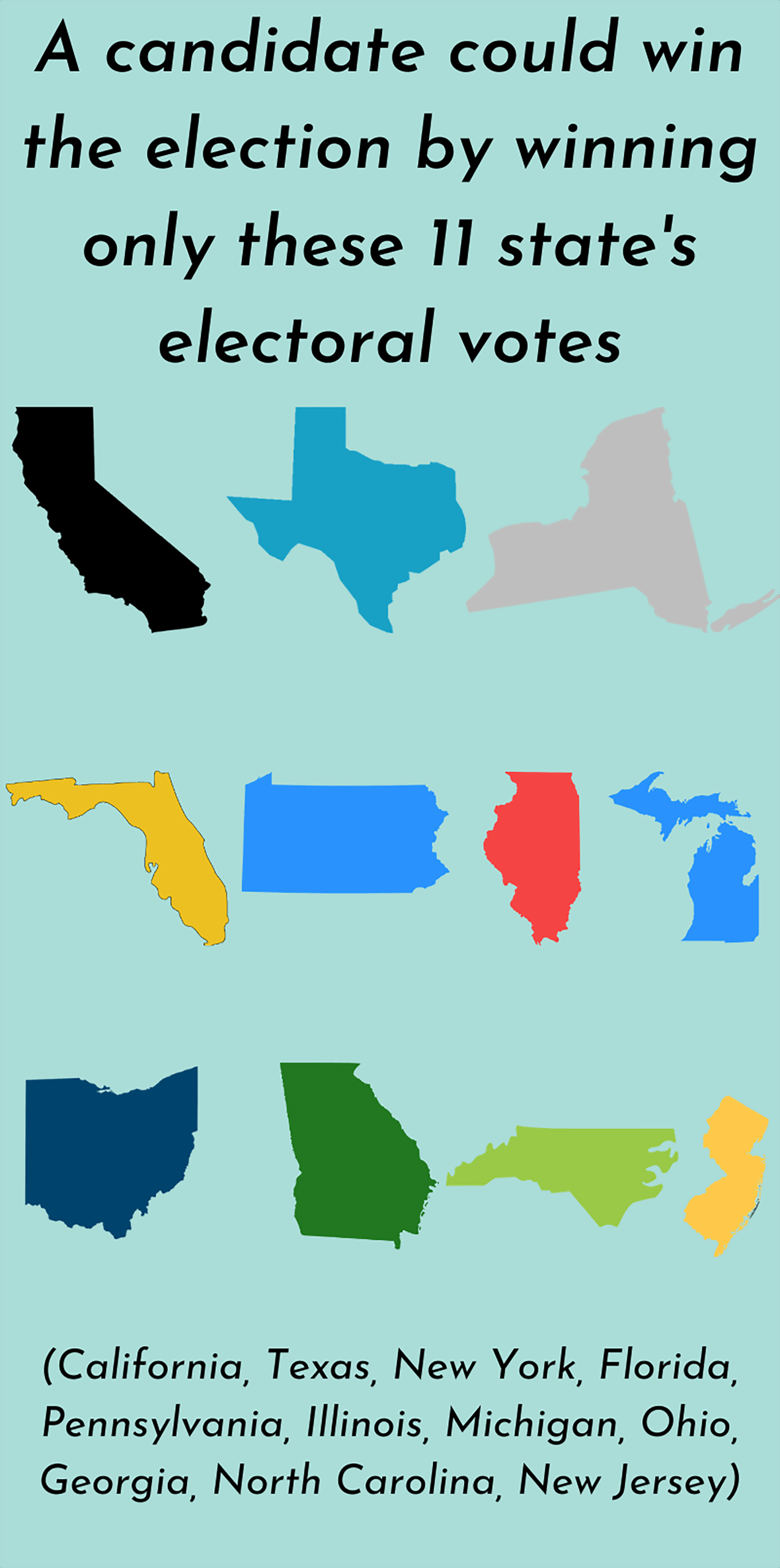

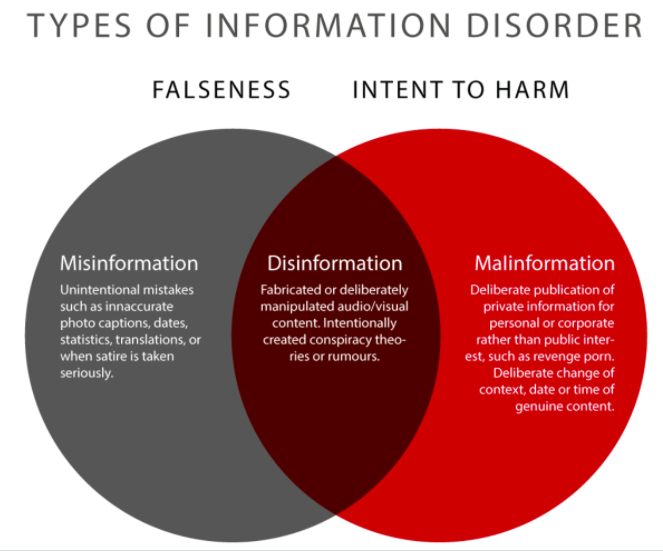





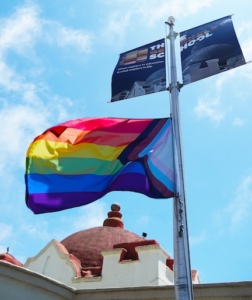 In 2018, GSA students educated our school community about the
In 2018, GSA students educated our school community about the 